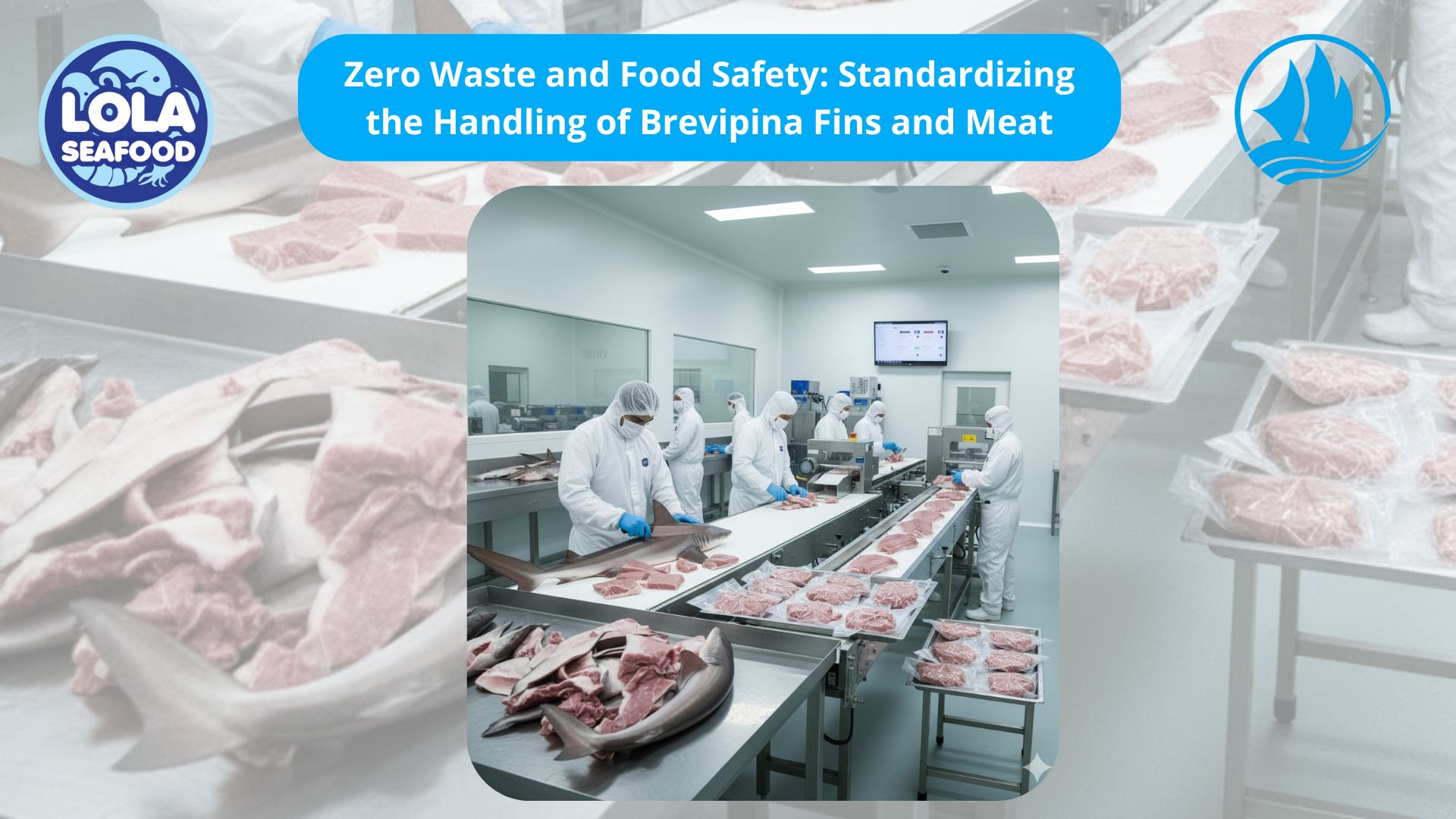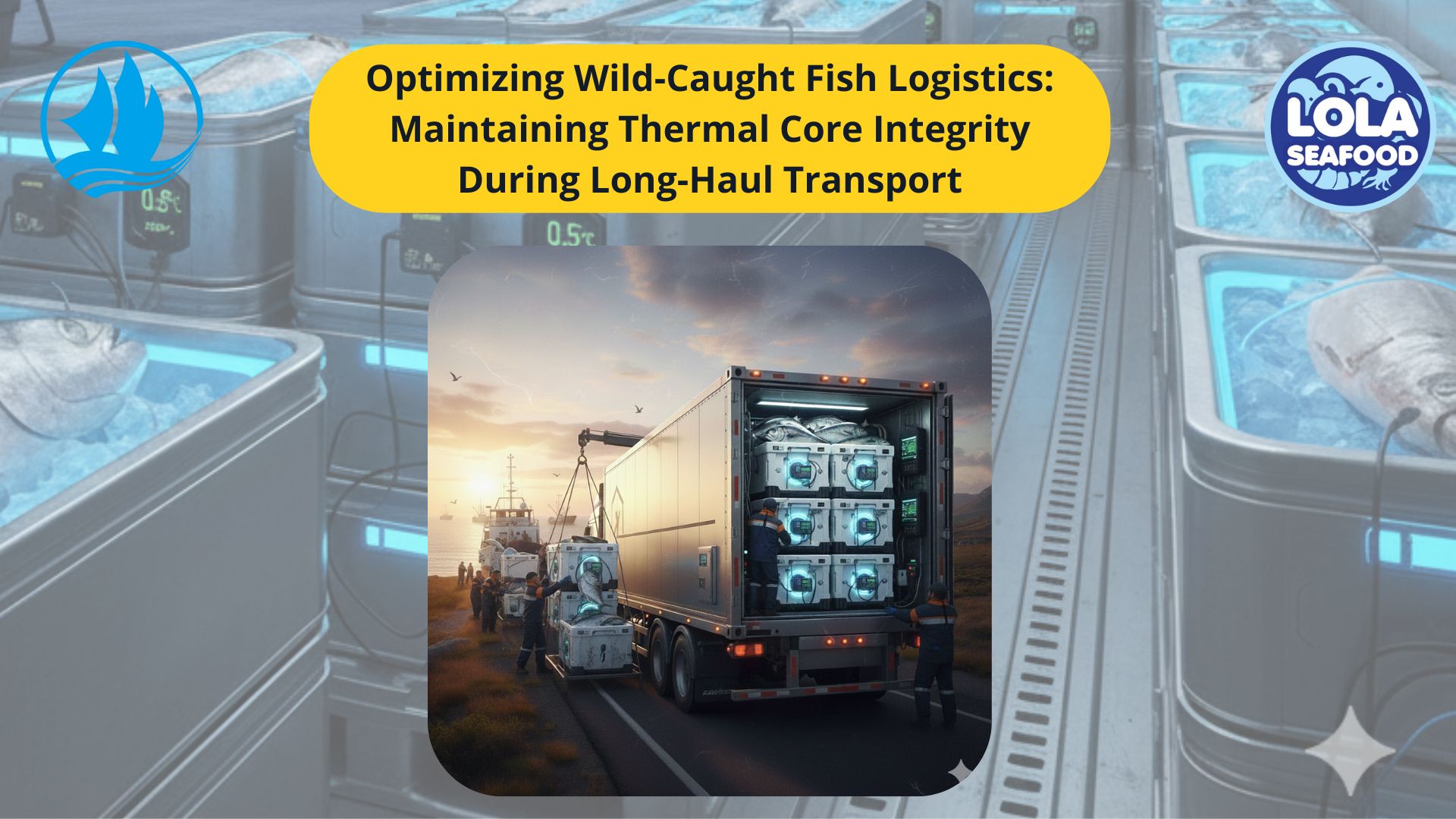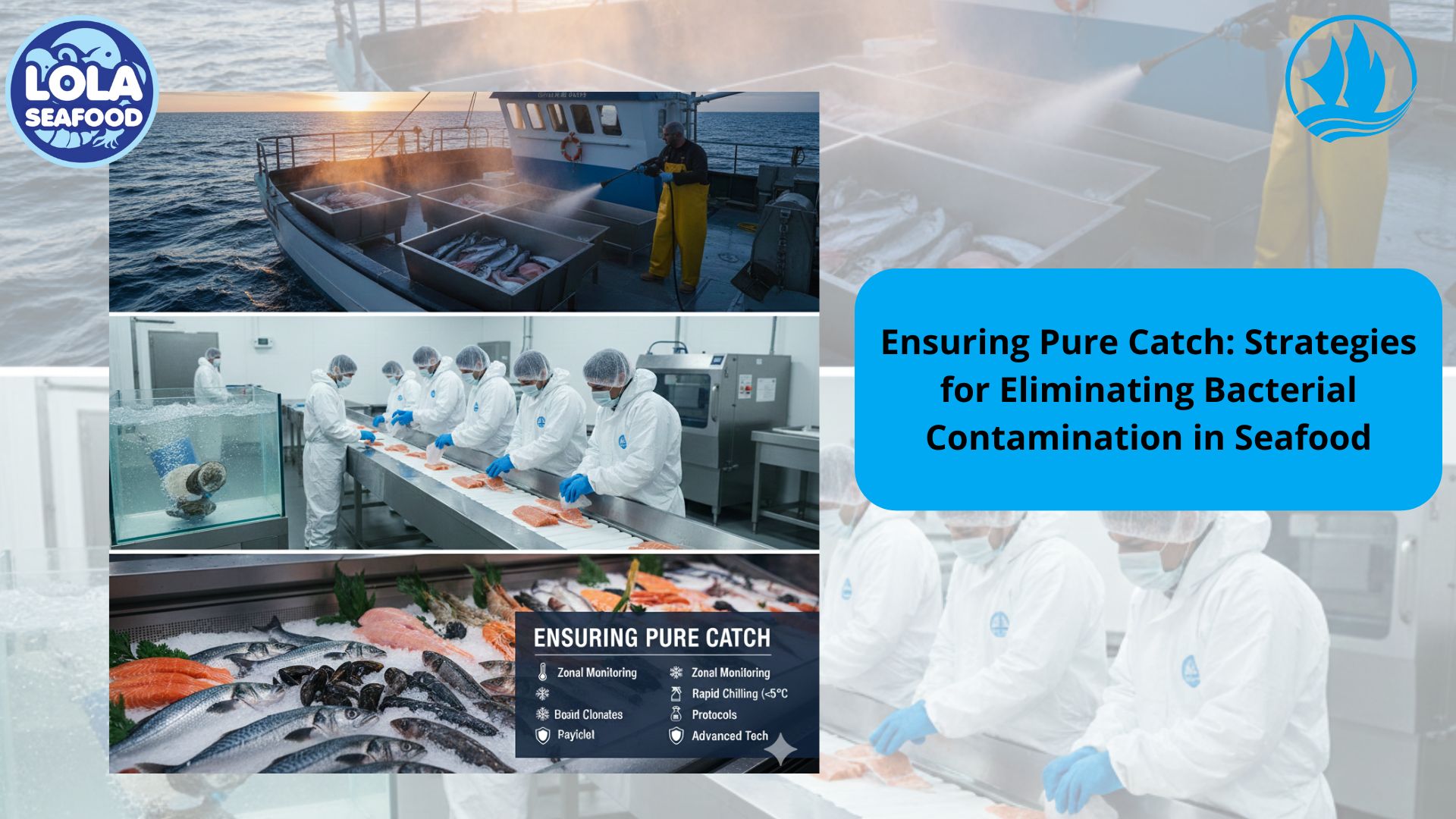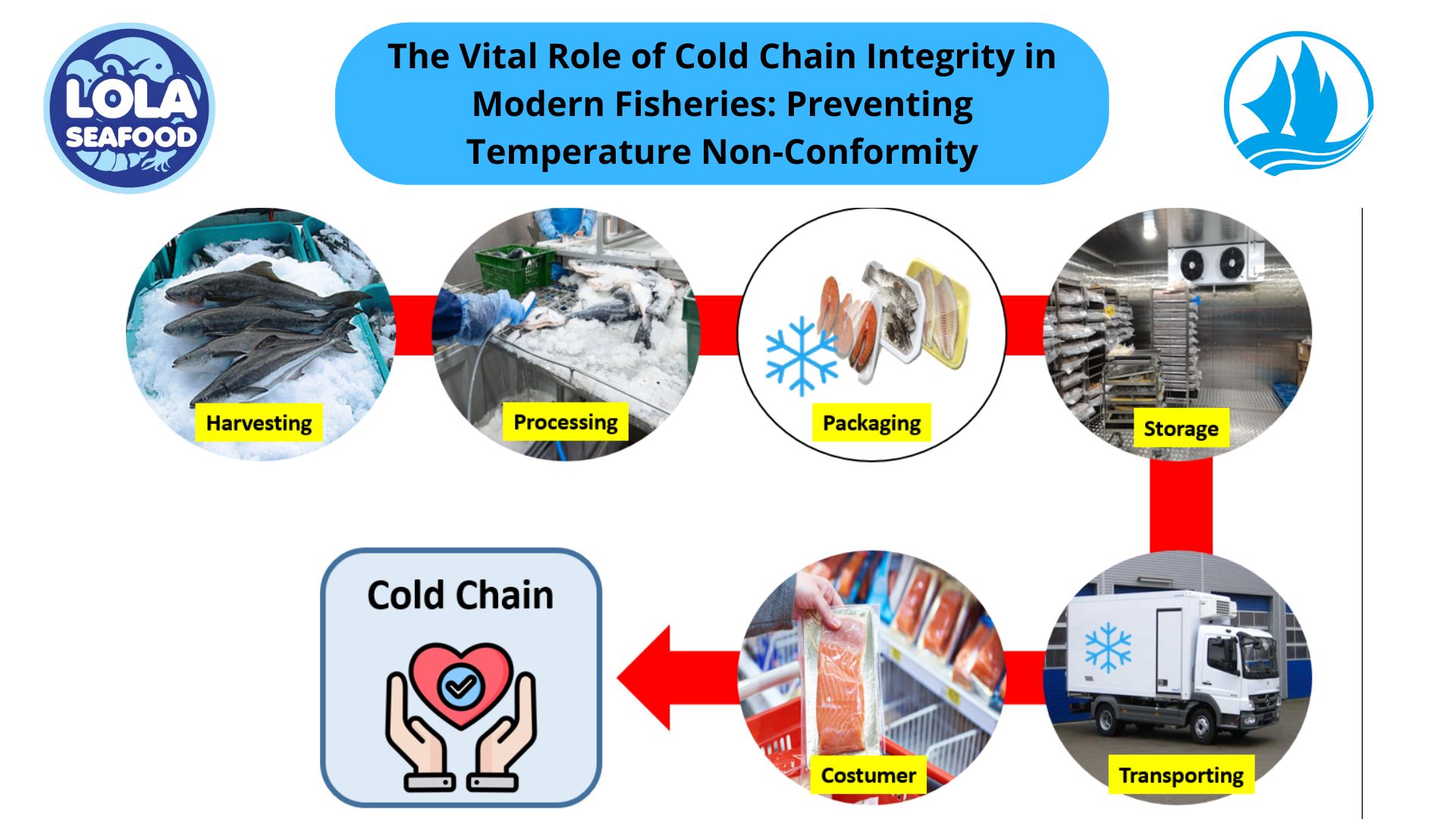How Good Manufacturing Practices Enhance Traceability in the Wild Caught Supply Chain
By. Sofie Thoriq - 08 Sep 2025.jpg)
Kelolalaut.com The wild-caught fish industry plays a crucial role in feeding millions of people worldwide, providing high-quality protein and essential nutrients. However, wild-capture fisheries face unique challenges compared to aquaculture, particularly in ensuring food safety, sustainability, and product authenticity. One of the most critical aspects of modern seafood production is traceability—the ability to track a product from the ocean to the consumer’s plate. In this context, Good Manufacturing Practices (GMP) serve as the backbone of traceability systems, ensuring that every stage of handling, processing, and distribution is documented, standardized, and transparent.
The Importance of Traceability in Wild-Caught Fish
Traceability is essential for several reasons:
1. Food Safety: It enables rapid identification of contamination sources, minimizing risks of foodborne illness.
2. Sustainability: Traceability verifies that fish are sourced legally and responsibly, supporting global efforts against illegal, unreported, and unregulated (IUU) fishing.
3. Market Access: International buyers and regulators, particularly in the EU, US, and Japan, require detailed product traceability for imports.
4. Consumer Confidence: Shoppers increasingly demand transparency about where and how their seafood is caught.
For wild-caught fish, which often move through complex supply chains involving multiple stakeholders, maintaining reliable traceability is especially challenging.
The Role of GMP in Strengthening Traceability
GMP provides a structured framework that supports traceability by ensuring consistency, accuracy, and accountability throughout fish handling and processing. Several GMP principles directly enhance traceability:
1. Documentation and Record-Keeping
GMP requires accurate records of every step in the production process, from landing logs at ports to processing plant records. This documentation ensures that each batch of fish can be traced back to its origin.
2. Standardized Handling Procedures
By enforcing proper handling practices—such as temperature control, sanitation, and storage—GMP prevents mixing of different lots and preserves the integrity of labeling, which is essential for reliable traceability.
3. Labeling and Identification Systems
GMP mandates clear and consistent labeling, including catch area, species, processing date, and batch numbers. This information forms the backbone of digital traceability systems.
4. Training and Personnel Responsibility
GMP emphasizes staff training to ensure workers understand the importance of accurate record-keeping and labeling. Human error is one of the main threats to traceability, and GMP minimizes it through education and oversight.
5. Integration with Digital Systems
Many modern GMP programs encourage the adoption of electronic data systems, such as barcodes, RFID tags, or blockchain-based solutions, making traceability more efficient and less prone to manipulation.
Practical Examples in the Wild-Caught Supply Chain
- Landing Sites: GMP requires proper documentation at the point of capture, where fish are sorted, graded, and tagged with catch certificates.
- Processing Facilities: Batch separation, cleaning, and packaging follow strict GMP protocols to avoid cross-contamination and mislabeling.
- Cold Storage and Transport: Temperature monitoring logs ensure that fish remain within safe limits, with each record linked to batch identification.
- Export and Retail: GMP-backed traceability ensures that international buyers can verify product authenticity, reducing the risk of fraud such as species substitution.
Challenges and Future Directions
While GMP significantly enhances traceability, the wild-caught fish sector faces ongoing challenges:
- Fragmented Supply Chains: Multiple intermediaries make continuous documentation difficult.
- Technology Gaps: Smaller fisheries may lack resources for advanced digital tracking systems.
- Global Standardization: Differences in national regulations complicate cross-border traceability.
Looking ahead, combining GMP with emerging technologies such as blockchain, IoT sensors, and AI-driven monitoring can create a more robust and transparent traceability system. GMP will remain the foundation, ensuring that the data feeding into these systems is accurate and reliable.
Good Manufacturing Practices are more than just a set of hygiene and safety protocols; they are an essential tool for building traceable, transparent, and trustworthy wild-caught fish supply chains. By strengthening documentation, labeling, and accountability, GMP helps protect consumers, support sustainability goals, and ensure that the seafood industry meets global standards. In an era where trust and transparency are paramount, GMP provides the framework that connects the ocean’s harvest to the consumer’s table with integrity.
If youre interested in our Shark Belly , Shark Fillet , Shark Flake and Shark Cartilage please do not hesitate to contact us through email and/or whatsapp
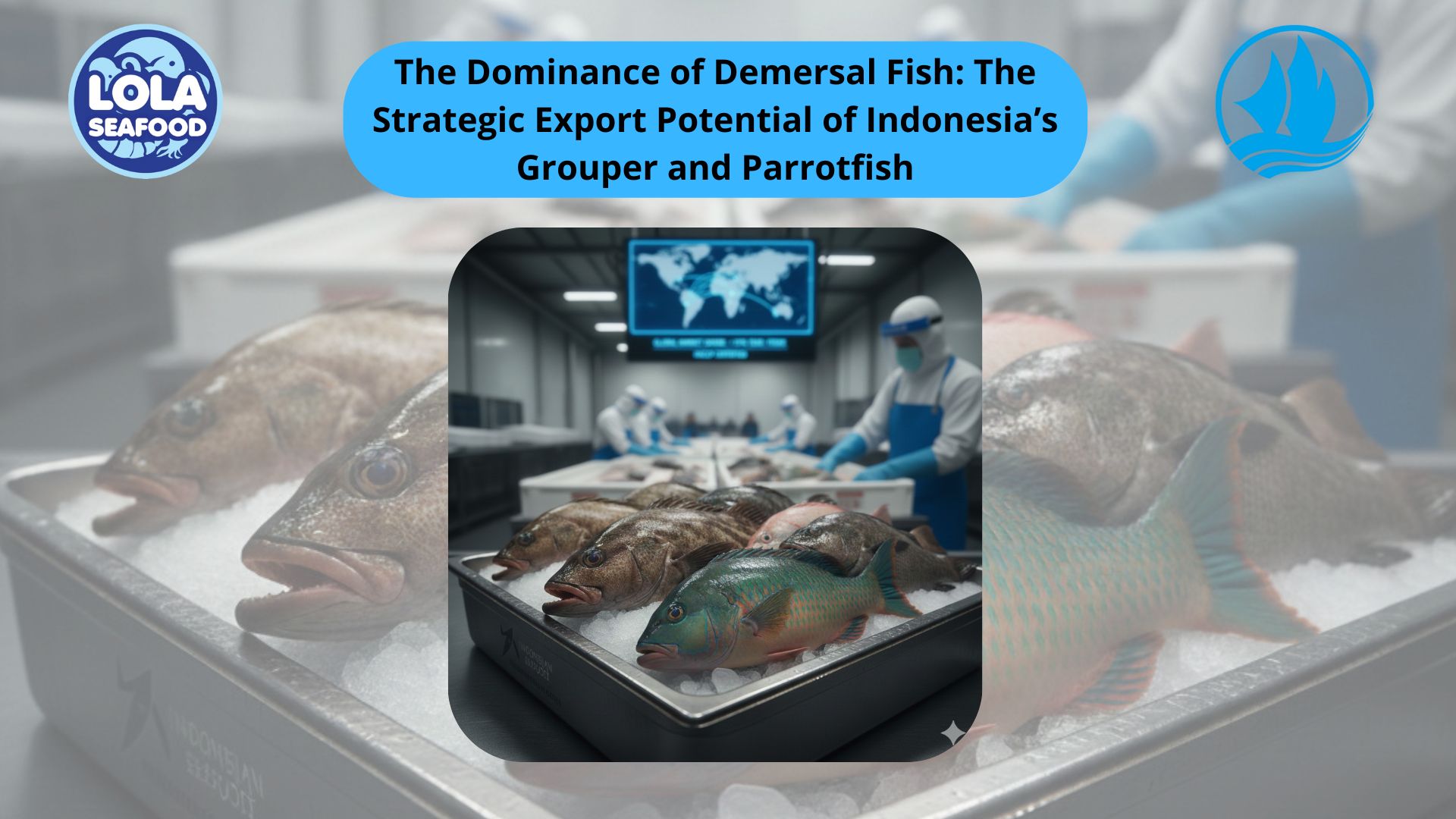
The Dominance of Demersal Fish: The Strategic Export Potential of Indonesia’s Grouper and Parrotfish
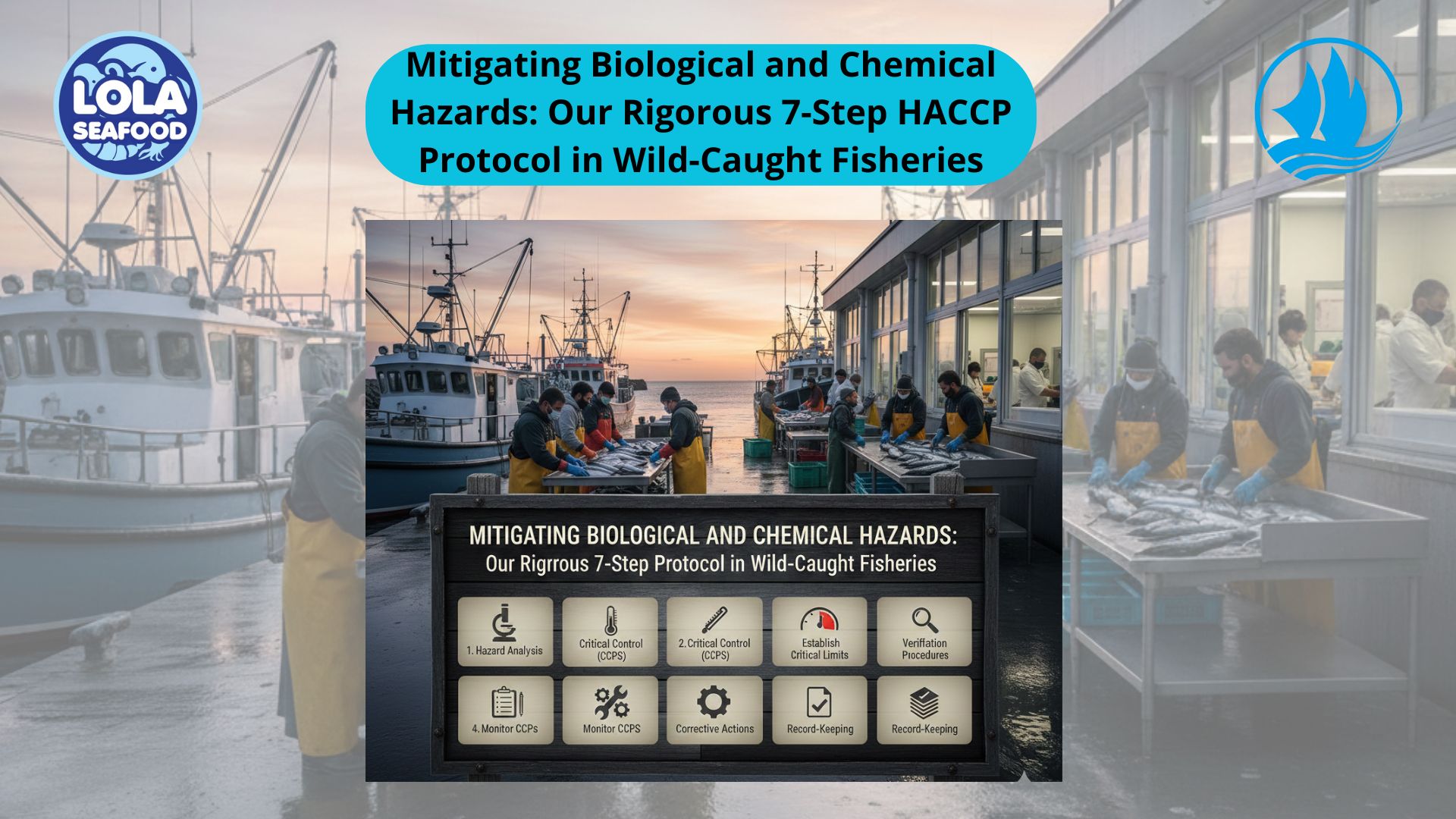
Mitigating Biological and Chemical Hazards: Our Rigorous 7-Step HACCP Protocol in Wild-Caught Fisheries
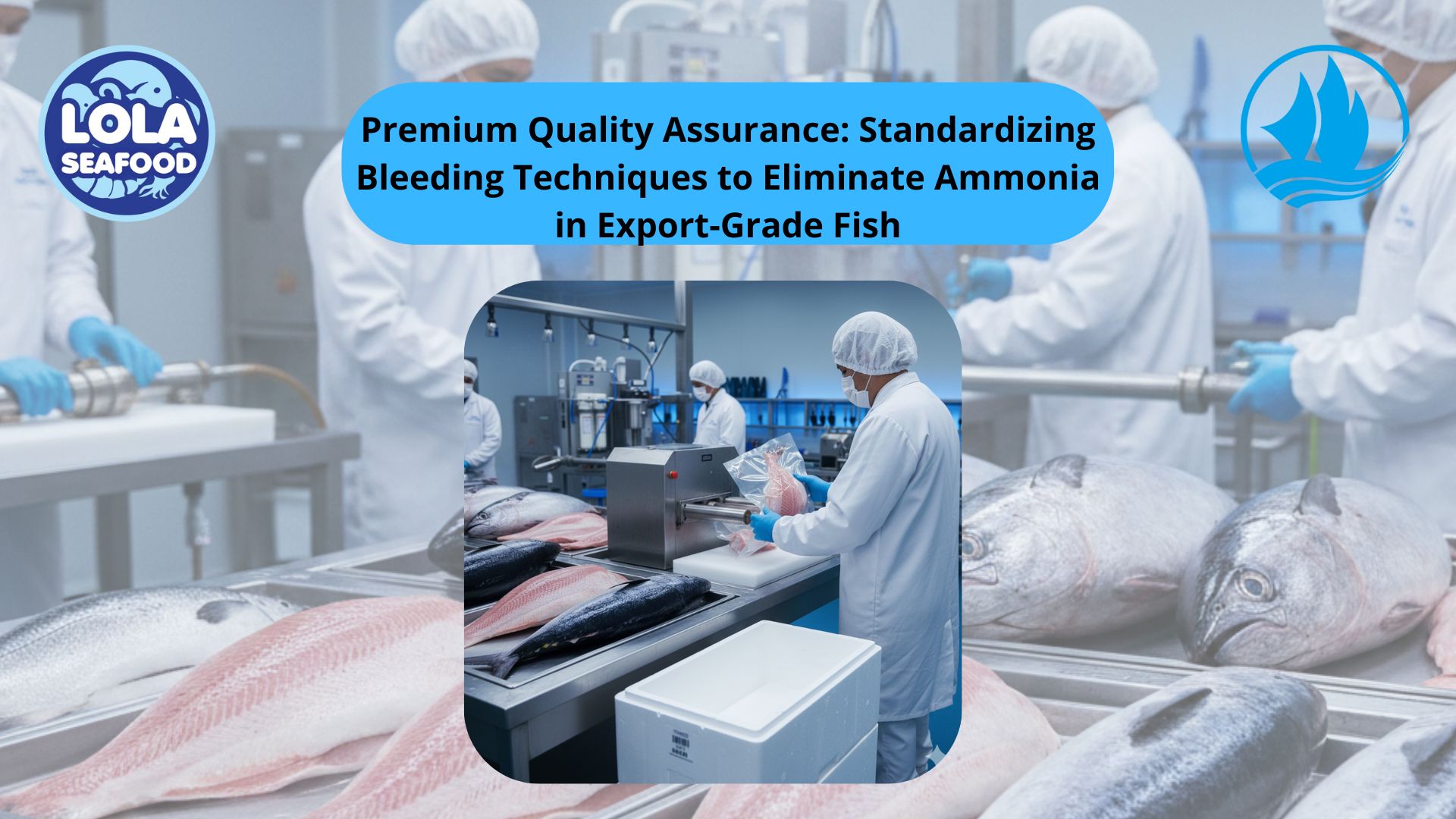
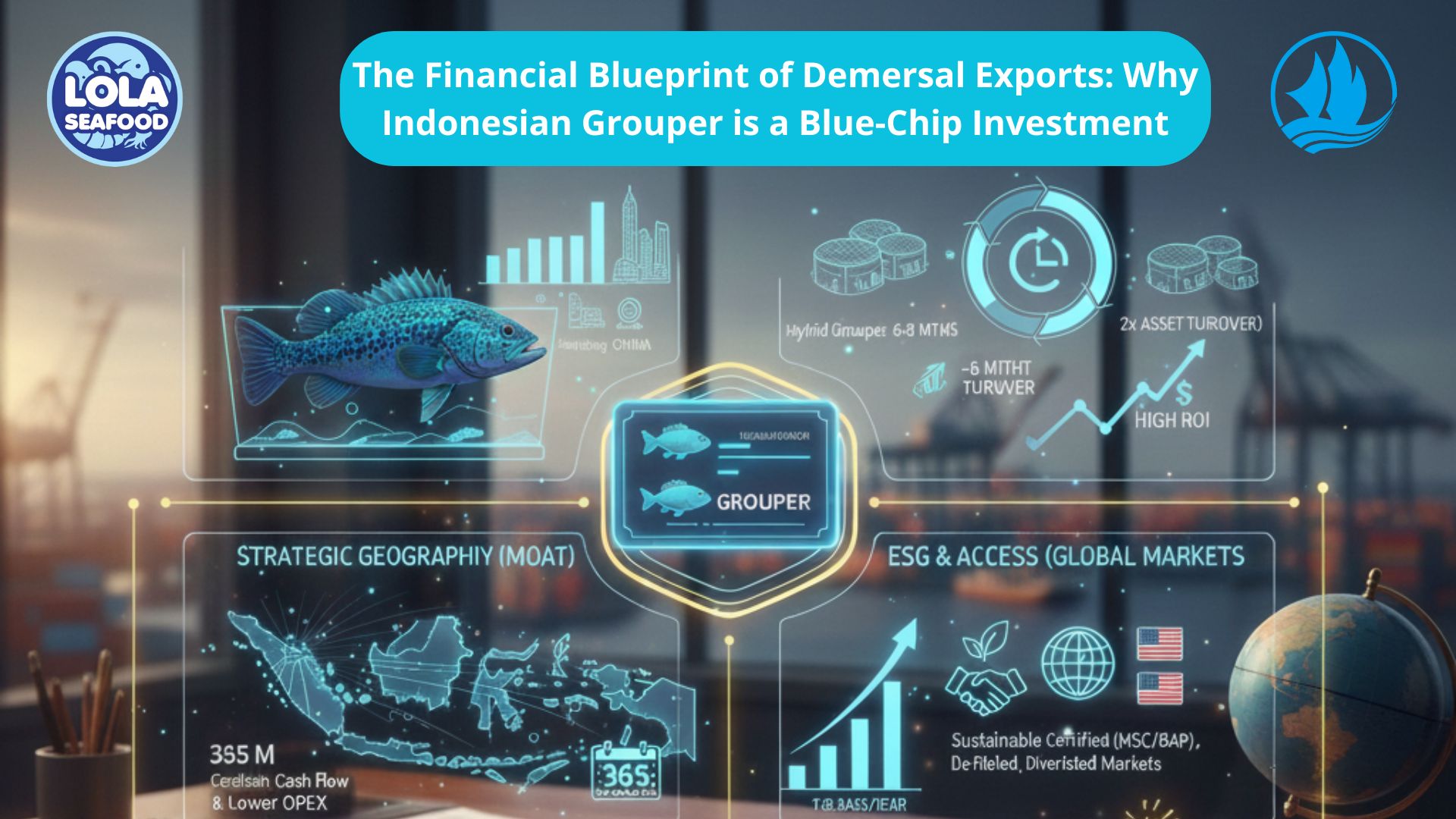
.jpg)
